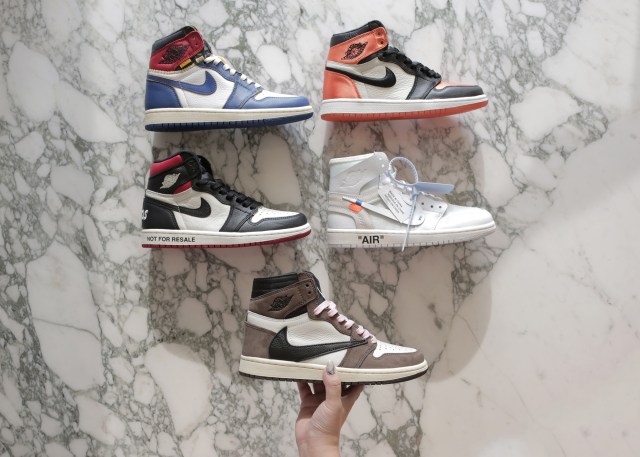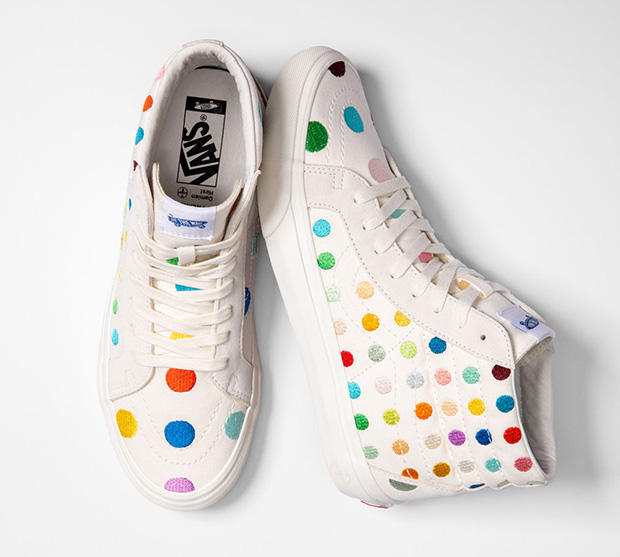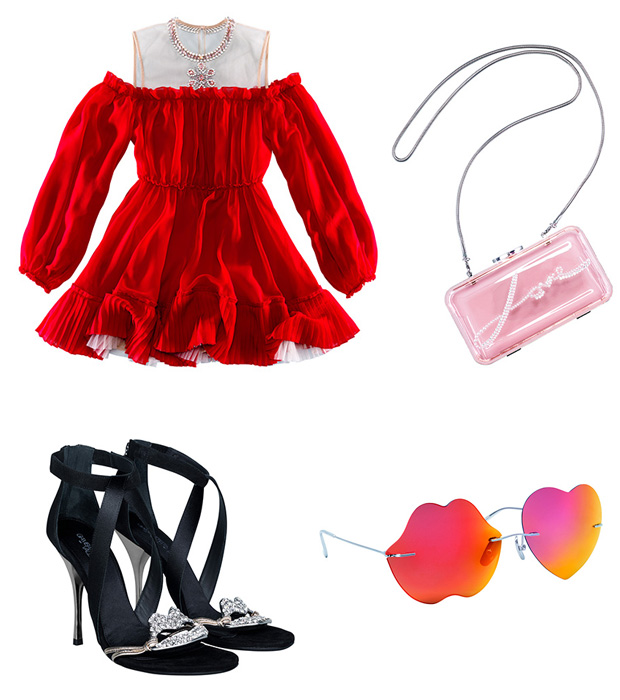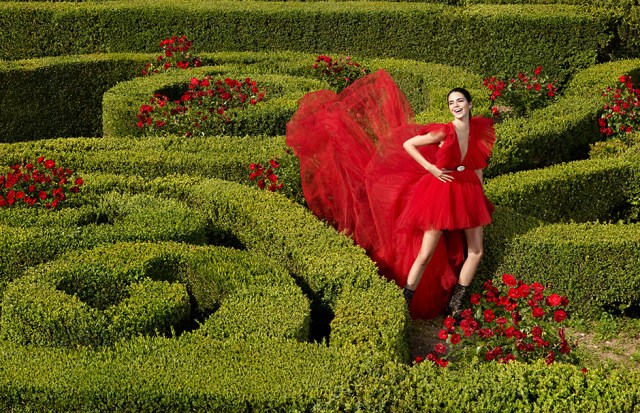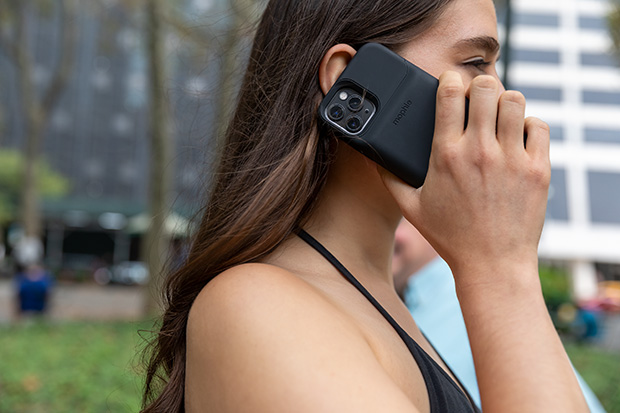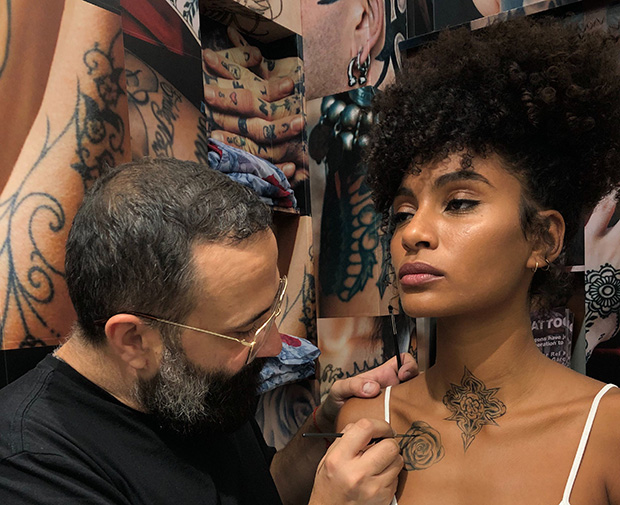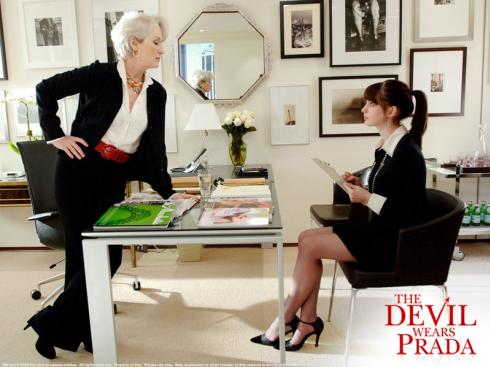
Did all of you guys watch this movie, The Devil Wears Prada? If you haven’t you DEF missed out. This is one of my favorite movie, not to mention some of the scenes were filmed downstairs my crib! I luv’d everything about it and I am soooooooooooooooo glad that this is going to be turned into a 30-min TV show next year on Fox! I also can’t wait till this comes out on DVD haha I’m so ready to watch it AGAIN!
Read the story after the jump…
Fashion TV brings runway drama into living rooms
By Elizabeth Wellington, FortWayne.com
PHILADELPHIA – Alexis Small watches them all: “Project Runway,” “America’s Next Top Model,” “Ugly Betty,” and “Fashion House.”
She likes Bravo TV’s “Runway” because it’s “so real,” and she tunes in to “Ugly Betty” because she’s a fan of actress America Ferrera, the star of ABC’s ugly-duckling-in-a-world-of-swans comedy-drama.
But the 25-year-old publicist’s favorite guilty pleasure is “Top Model” on the CW network.
“It’s almost like you get to live in a fantasy land,” said Small. “The great clothes. … It’s an escape.”
“Project Runway’s” third season may have already crowned winner Jeffrey Sebelia, but fashion-television addicts will still have their pick of shows steeped in style. Dramatic shows like “Ugly Betty and MTV’s” The Hill and reality shows such as WEtv’s “Unwrapping Macy’s” are driving viewers to the small screen much as law, medical and cop shows have for decades.
The audience gravitates toward the programming because it’s fresh and sexy and offers an inside view of haute worlds unattainable by most people. Add to that catty she-devil bosses, hunky men, smart heroines, and fabulous clothes, and chick lit hits the tube nightly.
“It’s not surprising that fashion-based shows would find a home on (network) TV because they are so youth-driven,” said Brad Adgate, senior vice president and director of research for Horizon Media, an advertising and marketing consulting firm. “Look at it – there are all these models and celebrities. They are fun. They are glitzy. And they have a built-in, hard-to-reach target audience.”
Last week, Fox Broadcasting announced it was developing Lauren Weisberger’s novel “The Devil Wears Prada” into a half-hour comedy that may debut next year.
Said Susan Levison, senior vice president of comedy development at L.A.-based Fox: “These shows have the good old-fashioned elements that make good television: outrageously specific characters and the potential for great story lines.”
Fashion-based programs are far from being the most viewed – “Ugly Betty” is the only show in the group that ranks in the top 20 for the still-new season, with an average of 17 million viewers each week, according to A.C. Nielsen Co. But, Adgate said, networks are clamoring to make fashion the center of story lines because it draws the hottest commodity for advertisers – female viewers.
Unlike the days of “Dynasty” and “Designing Women,” advertisers now acknowledge that women control the purse strings in most American households, said John Rash, media expert at Minneapolis-based advertising agency Campbell Mithun. These days, he said, women make up 60 percent of prime-time network TV viewers.
So it’s no wonder department stores such as Macy’s – lead sponsor for “Project Runway” and the center of attention in WEtv’s new show – are willing to pay top dollar for advertising slots and product placement. This type of cachet can help a retail chain recapture the market share it has lost to specialty stores over the last several years.
According to Advertising Age magazine, the CW charges $135,000 for a single 30-second commercial during “America’s Next Top Model, making it the network’s highest-grossing show.
The number of women ages 18 to 49 watching fashion programming on WEtv during prime time has increased 45 percent in the last year, said Kim Martin, the network’s general manager. Even its newest addition, “Hair Trauma,” does better than WEtv’s non-fashion shows in the ratings.
“We have advertisers calling us all the time saying, `Hey, we’d like to have some of our products used,'” Martin added. “While we don’t feel this is an organic way to create a show, we realize this content is important to our advertisers.”
In fact, fashion programming has served as something of a guinea pig for advertisers battling technologies that allow viewers to skip commercials. Viewers like salon owner Louis Christian of Cherry Hill, N.J., who said he watched “Runway” every Wednesday but started it 20 minutes late, to avoid intrusive ads.
In fashion TV, product is a natural fit with existing plotlines. For example, during the L.A.-based drama “Fashion House,” the actors tout specific beauty and fashion items during what the industry calls interstitials – which aren’t commercials or part of the show, but rather are seconds-long segues that link them together.
The “Runway” designers’ use of sponsor Tresemme’s products on their models has created new awareness of the company’s products. “It has played an important role in helping us broaden our interest as well as build and create buzz around the brand,” said Don Kvam, executive vice president of Campbell Mithun, which also represents Tresemme.
And come December, Wal-Mart’s Metro 7 brand will be featured on lead characters in yet another glamorous MyNetworkTV show, “Watch Over Me.”
Since 2000, fashion has become more and more accessible to everyday people. Pop-culture observers say the trend began when companies such as Target and H&M made deals with designers like Isaac Mizrahi and Karl Lagerfeld for high-end collections at affordable prices.
That came on the heels of a slew of reality-makeover shows that populated cable channels in the late 1990s. Another precursor in television was HBO’s popular “Sex and the City,” which familiarized women nationwide with strictly aspirational brands like Manolo Blahnik.
Given the continuing push from advertisers, television executives say the challenge is to find more plotlines and not overdo the already done – gay designers and nasty bosses. After all the glitz and glamour, viewers want to see real stories with three-dimensional characters.
“Now that the shackles have been unleashed, they (television writers) are diving into the fashion world and mining it for the great backdrop and color that it can provide,” said Fox executive Levison.
“The trick is to avoid the stereotypes and try to execute them better.”
Categories: celebrities entertainment/events fashion
Tags:


